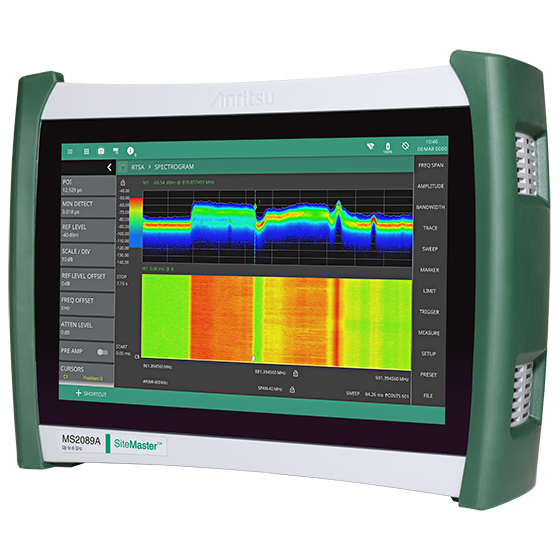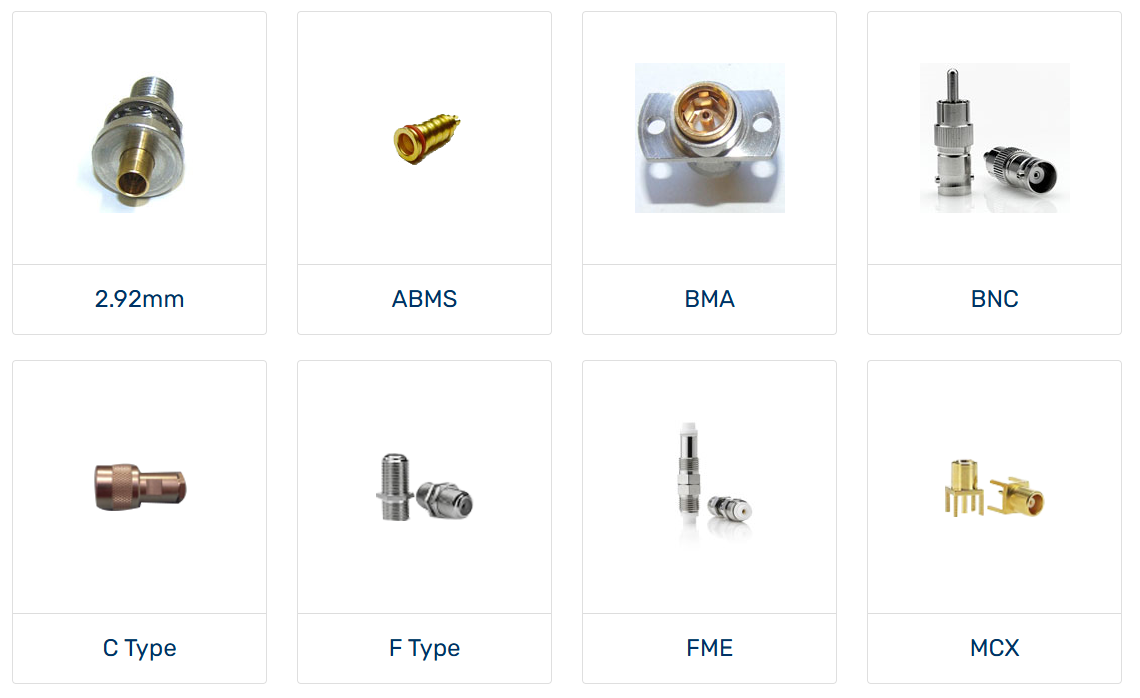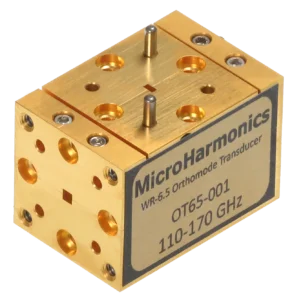A spectrum analyser is an essential tool used in the fields of radio frequency (RF) and electronic engineering. It allows engineers and technicians to visualise the frequency spectrum of a signal, giving insights into the frequency content of a waveform. This is crucial for analysing the behaviour of signals in various applications, such as wireless communications, broadcasting, radar systems, and electronic testing.
In this blog, we’ll explore the fundamental principles of a spectrum analyser, how it works, and why it’s an indispensable instrument in modern RF and communication technology.
1. What is a spectrum analyser?
A spectrum analyser is an instrument that measures and displays the amplitude (or power) of a signal versus its frequency. It provides a graphical representation of the signal’s spectral content, helping to identify the presence of different frequencies, signal distortions, harmonics, interference, and noise. The instrument’s output is usually a graph with frequency plotted on the horizontal axis and amplitude on the vertical axis.
Spectrum analysers come in two primary types:
- Analog Spectrum Analyzers (older models, though less common now)
- Digital Spectrum Analyzers (modern devices, more widely used due to their versatility and precision)
The principle of operation remains similar for both types, with digital spectrum analysers offering enhanced processing power, speed, and the ability to handle more complex signals.
2. Basic Principles of Operation
At the heart of a spectrum analyser is the ability to analyse signals in the frequency domain rather than the time domain. This transition is achieved through a combination of signal sampling, filtering, and frequency conversion.
Let’s break down the fundamental steps involved in how a spectrum analyser works:
a. Signal Input
The input to the spectrum analyser is a radio frequency (RF) signal, typically fed into the instrument via a coaxial cable through an antenna or other transmission lines. The signal is often amplified before entering the spectrum analyser, especially for weak signals.
b. Frequency Conversion (Mixing)
To observe the signal’s frequency spectrum, the spectrum analyser mixes the input signal with a reference signal (often generated by a local oscillator). This process is known as heterodyning.
Heterodyning shifts the input signal to an intermediate frequency (IF) that is easier to process. The resulting IF signal contains the frequency components of the original signal, but it lies within a frequency range that the analyser can efficiently analyse.
In this way, the spectrum analyser “converts” the signal from its original frequency range to a more manageable one. This intermediate frequency is then passed through filters for analysis.
c. Filtering and Detection
After mixing, the IF signal is filtered to select specific frequency components for further processing. The filter typically allows signals within a certain frequency range (called the bandwidth of the analyser) to pass throughwhile rejecting others. The width of this bandwidth determines the frequency resolution of the spectrum aanalyser
Once the signal is filtered, it is passed through a detector (e.g., a diode or logarithmic amplifier). The detector’s job is to convert the signal’s amplitude into a readable output that can be displayed on a screen. This output represents the strength (amplitude) of the frequency components.
d. Displaying the Results
The final step is to display the processed signal on the spectrum analyser’s screen. The result is typically shown as a spectrogram or frequency spectrum—a graph with frequency on the x-axis and amplitude (in dBm, for example) on the y-axis.
On the display, you can observe various peaks corresponding to the dominant frequencies in the input signal. These peaks represent the different frequency components present in the signal. The height of each peak indicates the amplitude of the corresponding frequency.
3. Key Parameters of a Spectrum Analyzer
Several key parameters govern the performance and capabilities of a spectrum analyser:
a. Frequency Range
The frequency range defines the lowest and highest frequencies the analyser can measure. It depends on the model and is typically specified in Hz, kHz, MHz, or GHz. Some analysers cover a wide range (e.g., 9 kHz to 6 GHz), while others focus on specific frequency bands (e.g., 1 GHz to 18 GHz for high-performance RF systems).
b. Resolution Bandwidth (RBW)
The resolution bandwidth determines the width of the frequency window that the analyser looks at in a given measurement. A narrower RBW gives better frequency resolution (i.e., the ability to distinguish between closely spaced signals), while a broader RBW allows for faster measurements but sacrifices some resolution.
c. Sweep Time
Sweep time refers to the amount of time it takes for the analyser to scan the entire frequency range. A faster sweep time means quicker analysis, but a slower sweep time can provide more precise measurements.
d. Sensitivity
The sensitivity of a spectrum analyser defines how weak of a signal it can detect. A high-sensitivity analyser is capable of detecting low-amplitude signals, which is essential in applications such as radio astronomy or wireless communication testing.
e. Dynamic Range
The dynamic range of a spectrum analyser defines the difference between the weakest and strongest signals that can be accurately measured. A wide dynamic range allows the analyser to detect both weak and strong signals in the same measurement, making it suitable for complex, multi-signal environments.
4. Applications of Spectrum Analyzers
Spectrum analysers are versatile tools used across a variety of industries for different applications. Some common uses include:
a. RF and Wireless Communications
In wireless communications, spectrum analysers are used to:
- Identify and measure the frequency components of transmitted signals.
- Detect interference and spurious signals in the RF spectrum.
- Analyse the behaviourr of transmitters, receivers, and antennas.
b. Signal Characterization and Testing
Spectrumanalyserss are used extensively in the testing of electronic components and systems, including:
- Measuring the frequency response of amplifiers, oscillators, and filters.
- Analysing the spectral content of signals in transmitters and receivers.
- Characterising modulation schemes in communication systems.
c. Radar and Satellite Systems
In radar and satellite communications, spectrum analysers help analyse signals, monitor performance, and detect anomalies, such as signal distortions, interference, or jamming.
d. EMI (Electromagnetic Interference) and EMC (Electromagnetic Compatibility)
Spectrum analysers are critical tools for testing and evaluating electromagnetic interference (EMI) and ensuring that devices comply with electromagnetic compatibility (EMC) regulations. This involves detecting unwanted signals or spurious emissions that may interfere with other devices.
5. Conclusion
A spectrum analyser is a powerful tool that enables engineers and technicians to see the frequency content of RF signals. By using a combination of frequency conversion, filtering, and detection, spectrum analysers transform complex signals into understandable graphical representations of frequency and amplitude. These instruments are indispensable for signal analysis, troubleshooting, and performance testing in numerous applications, ranging from wireless communications to radar systems and EMI testing.
Whether you’re working on designing new wireless technologies, testing communication equipment, or diagnosing signal issues, the spectrum analyser will remain a cornerstone tool in the world of RF and electronic engineering. Understanding its principles and capabilities is crucial for anyone involved in these fields.




